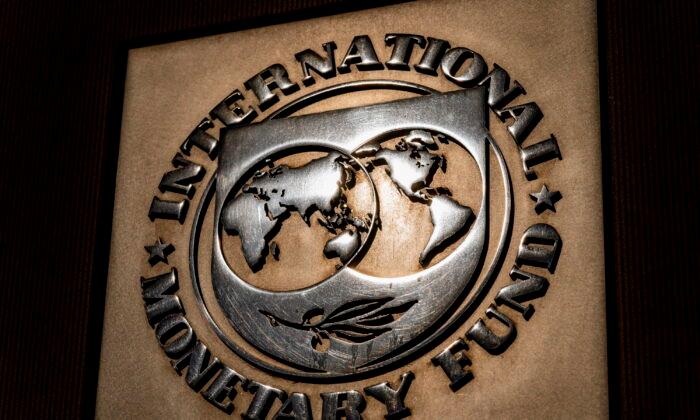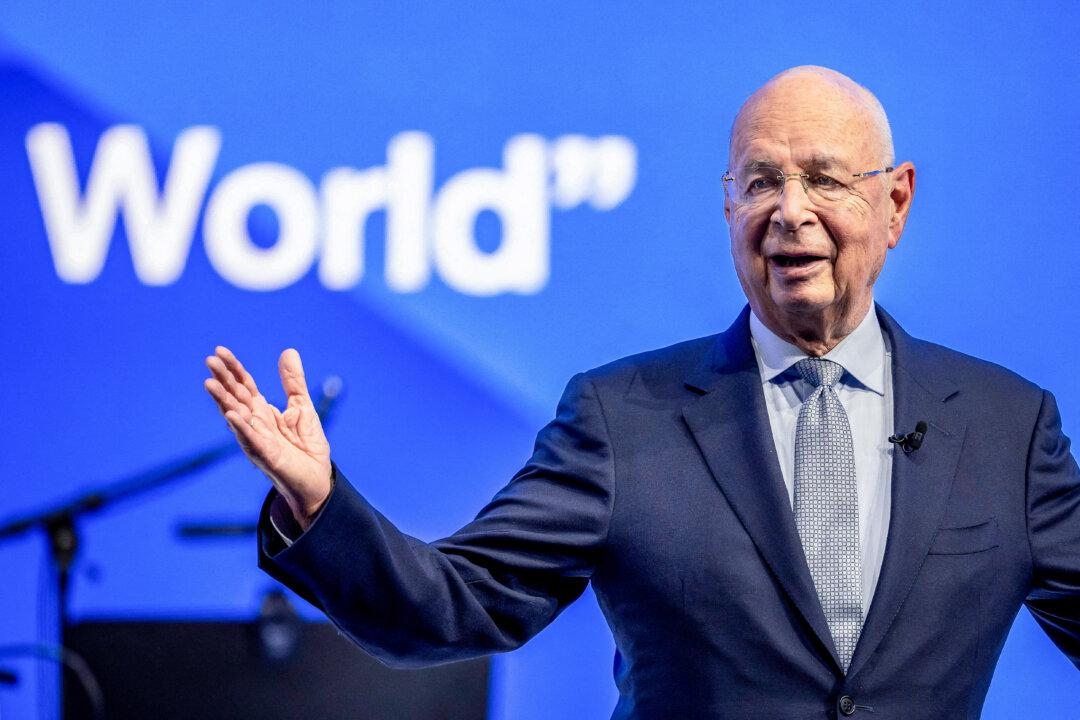Oil prices were trading range-bound on Wednesday after the International Monetary Fund (IMF) scaled down its global growth projections for 2022. Prices fluctuated as it received support from concerns about tighter supplies.
Brent oil futures were trading at around $108.20 per barrel as of 13:42 UTC on April 20, very near to its opening price. Prices fell close to the $107 level and bounced higher to around $108.90 before declining once more.
Oil prices were affected as the IMF downgraded its forecast for 2022 global growth for the second time to 3.6 percent, a fall of 0.8 percentage points from the previous estimate. Growth for 2023 was reduced by 0.2 percentage points to 3.6 percent. In 2021, the global growth was at 6.1 percent.
The United States is predicted to grow by 3.7 percent this year, down from last year’s 5.7 percent. For China, growth is estimated to be at 4.4 percent compared to 8.1 percent in 2021. This year’s Euro Area growth is pegged at 2.8 percent, down from 5.3 percent in the previous year.
“The war adds to the series of supply shocks that have struck the global economy in recent years. Like seismic waves, its effects will propagate far and wide—through commodity markets, trade, and financial linkages.”
Both Russia and Ukraine are projected to witness “steep contractions” in their economies, the IMF said. Moscow’s economy is estimated to contract by 8.5 percent this year and by 2.3 percent in the next. It had grown 4.7 percent in 2021.
Upward pressure on oil prices came from worries that the loss of oil from Russian sanctions might not be fully met, thereby creating a supply crunch. OPEC and allies produced 1.45 million barrels per day of oil in March, falling below its production target for the month.
Oil producer Libya is said to have shut down 550,000 bpd worth of output, adding to the supply woes.
IEA reduced its estimate for global oil demand by 260,000 bpd for the year. It also warned that Russian oil supply would fall by 1.5 million bpd this month and by three million bpd in May.





